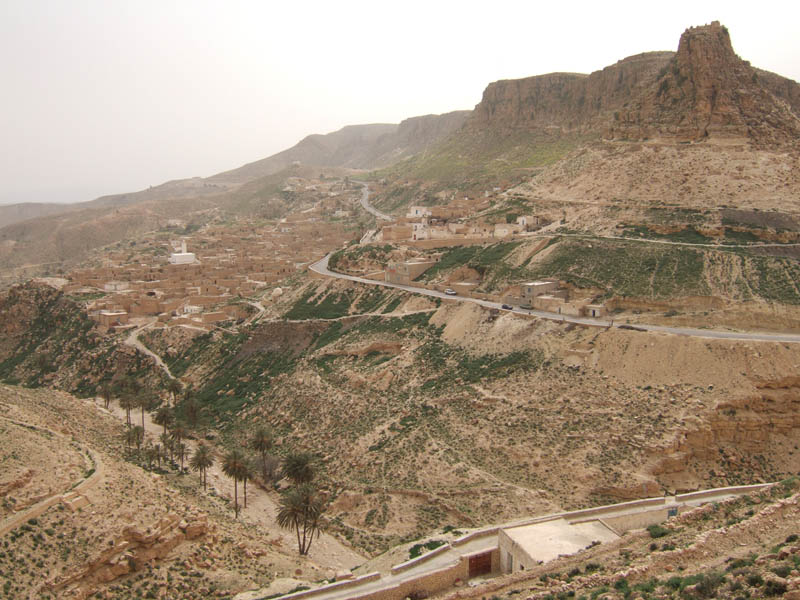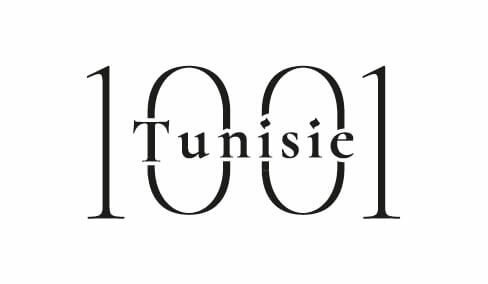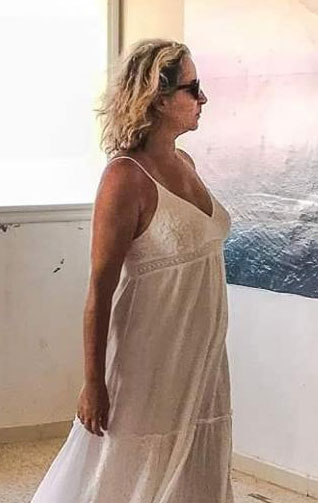
It goes without saying that knowing nothing or little about this beautiful region, you plan to stop there or at best to spend a night restorative. Located near the door of the Douz sandy desert, Matmama is served by its geographical position. It is true that in fine weather one sees the sea above, on the hills.
35 kms separate Matmata from Gabes and a little more from Djerba and its golden beaches. It does not stop there. Pity ! Yet Matmata has an unknown charm. A unique region.
After a relaxing night in Trait-d’Union, the first troglodyte host of the country, discover the surroundings on foot. It is necessary to get lost and to discover the marabouts dotted around the village. Be aware that the owner of the guest house is in the process of drawing hiking trails for all levels, ranging from 1 to 6 hours of hiking through the “tabias”, through the wadi, along the gorges and marabouts To the discovery of abandoned troglodytes. A hiking version of mountain biking and “trek” horse are also being studied. If you have a camera, ask for permission before you start strafing people and buildings.
According to Wikipedia: “Matmata is the name of a Berber tribe which is itself descendant of the Temzit and described at length by Ibn Khalodoun in his book History of the Berbers and Muslim Dynasties of Northern Africa. Originally from Morocco, she founds, near a hot spring, the town of Hamma Matmata (current El HAmma). It is forced to flee it during the invasions of the Hilalians and founds the present Matmata in the neighboring mountains that bear the same name. However, there is no longer any Berber language, which is still the case in the neighboring villages of Taouejjout, Tamezret, Techine and Zrawa. “. However, when I walk and get in touch with people, you will quote several Berber words and you will also write my name in this language. It was a real curiosity!
By car, take time to explore Tamezret. The village perched is absolutely delightful and it would be inconceivable to miss the small and unusual Private Museum of Mongi Bouras, Dar Tamezret. A unique opportunity to buy splendid typical slippers and hand embroidered. The artisans of the neighborhoods deposit with Mongi the fruit of their work. Admire the delicacy of the weaving, the delicacy of the embroidery and the magnificence of the colors.
To eat, do not play with the fine mouth. Buy fresh bread and have a good red tea with the locals. Wait until you are invited! The village does not pill restaurants but a lovely little cafe will allow you to take it if it really fails you.
Back in Matmata, on the square, a typical restaurant serves a good lamb couscous. The couscous of the hotel “Marhala” has been the same for more than 30 years. Not necessarily the best in the area, but why not? If you still have time, head to Toujane or wait till tomorrow. Toujane is well worth the trip. This village is probably the most beautiful village of Tunisia. Wonderfully preserved, at the last census, it was composed of barely 700 inhabitants. To date, nearly 200 houses are uninhabited, but no foreigners are allowed – by the villagers – to buy.
Divided into two parts, the commercial part of the village is called ‘Ifsyl’ and the other ‘Taicha’. As soon as you arrive, you will be offered olive oil to buy. Out of curiosity, go and still admire the mill of Khatrouche Mokhtar, where the olives harvested in Toujane are still pressed. Only know that it is honey that is worth the detour. Exceptional, it is produced in the surroundings.
Toujane is synonymous with weaving and embroidery. Strongly reputed throughout the country, the “kilims”, “baknougs” and “mergoums” of Toujane are of very high quality. Embroidered and woven by village women, they are often purchased by wholesalers who resell them in the main cities of the country. These carpets reflect the identity and soul of the village and its inhabitants. It is not uncommon for an embroidery to summarize the life of the weaver. She will record the date of her marriage, add the date of the birth of her first child, or the sad death of a relative.
There are various possibilities of accommodation in Toujane (Dar Toutai, Relais Kilnai, mountain inn … But Matmata is not so far away, especially when, at nightfall, the village Becomes more lunar Here, more than anywhere else, the blue of the sky is clear and the stars shine ardently.
Look around the area, you will soon find that the village, which has undergone a massive depopulation and an almost total abandonment of troglodytic houses, is again surrounded. Modern dwellings grow in the vicinity of the traditional habitat at the risk of disfiguring it. On the other hand, the population seems to sulk again Matmata-Nouvelle and return to the place of its origins. A real dilemma arises … In the meantime, enjoy this exceptional landscape. It is more and more threatened.
Be aware that these particular dwellings are mainly around the Mediterranean basin. It has the highest density and diversity of habitats dug in the world. These houses are in Greece (Santorini), Italy (Matera, Massafra, Bari, Pantalica, Libya, Jordan (Petra), Turkey (Cappadocia), Spain (Andalusia, Valencia, And finally in France. In many of these regions, this traditional and historical habitat is transformed into tourist accommodation.
Amel Djait – Photos et © Ambre Courbot-Ludwiczak sauf la n°5




{mainvote}


 َAbonnez-vous
َAbonnez-vous

